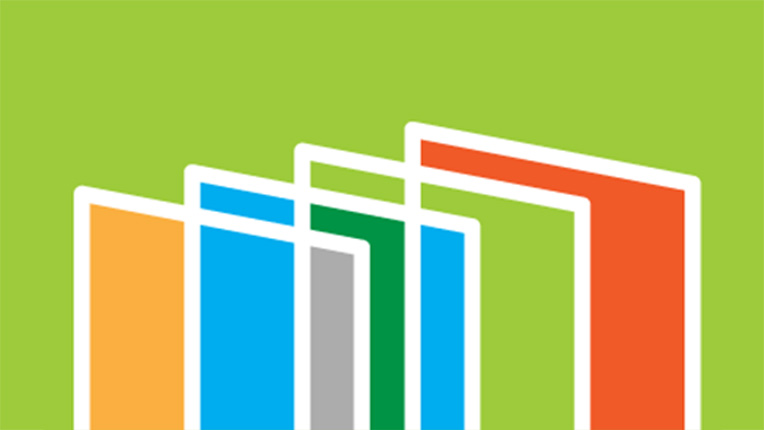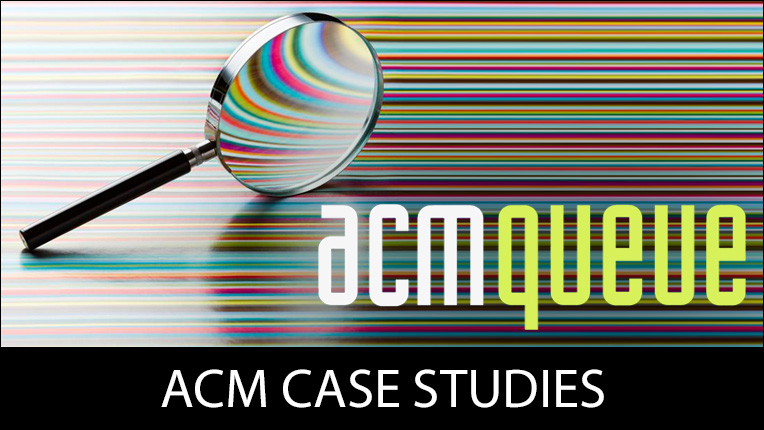Scheduling
Sequencing and Dating Newsletters
A third class newsletter should be sent to ACM at least eight weeks prior to the issue date and a second class newsletter, seven weeks prior to the issue date. Please send your newsletter, taking this time frame into account, so that newsletters arrive in people's mailboxes in the same month as the issue date.
Each newsletter has only one volume number, issue number and date. You may not "catch up" on frequency by calling one regular-sized newsletter two issues (i.e., Volume 23, Issues 1 & 2).
Newsletters should coincide with the calendar year. SIG's that don't already follow proper volume and issue sequencing, should adopt the correct policy starting January 1, 1994.
The issue that completes the volume should have "This Number Completes Volume X" printed on the cover. This helps libraries keep track of when to bind the volume. In addition, if there is a gap or change in sequencing between issues, print "Previous Issue Published..." on the front cover. This prevents confusion among members about whether or not they missed the last issue.
Newsletter Schedules and Page Counts
The newsletter schedule in the manual consists of the budgeted newsletters and their months of publication, volume, issues and number of pages. It also states whether the newsletter is budgeted for second or third class mail. Since the schedule is taken directly from the SIG budgets, any change in page counts directly effects the production and distribution costs of the budget. Please submit newsletters that are within the budgeted page counts.
The schedule is used to inform members and subscribers of when to expect the next issue of a newsletter. It also enables ACM staff and the printer to create production schedules. Please inform your SIG Staff Liaison of any changes to the schedule.
The Published Frequency
The number of issues within a year and volume of a newsletter is the frequency of the newsletter (quarterly, monthly, bimonthly, etc.) The frequency should be published in the inside front cover of the newsletter and adhered to. Late or irregular publications cause a detrimental effect on member renewal rates and SIG expenses, as well as creating great dissatisfaction with SIG members, subscribers, and libraries. A late issue must be sent to all members and subscribers who deserve the issue. Back issues must be mailed out at higher postage rates. In addition, the SIG must notify members by mail of any delay in publication or change in frequency. Please alert your SIG Chair and SIG Staff Liaison of any change in frequency or delay in publication.
SIG Editors Manual
Updated November 1993
Lifelong Learning
ACM offers lifelong learning resources including online books and courses from Skillsoft, TechTalks on the hottest topics in computing and IT, and more.

ACM Case Studies
Written by leading domain experts for software engineers, ACM Case Studies provide an in-depth look at how software teams overcome specific challenges by implementing new technologies, adopting new practices, or a combination of both. Often through first-hand accounts, these pieces explore what the challenges were, the tools and techniques that were used to combat them, and the solution that was achieved.

Publish with ACM
ACM's prestigious conferences and journals seek top-quality papers in all areas of computing and IT. It is now easier than ever to find the most appropriate venue for your research and publish with ACM.
